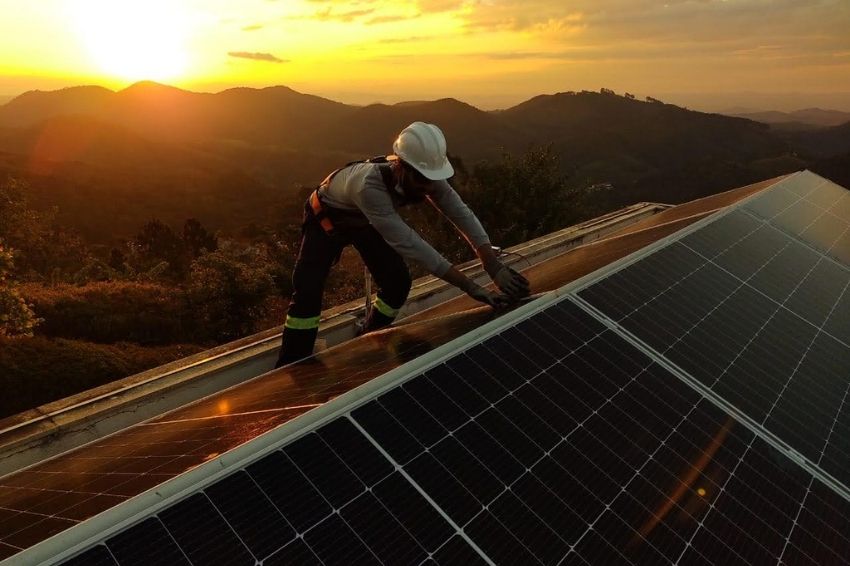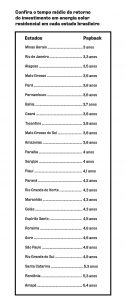The payback (return on investment time) of the same residential photovoltaic system in Brazil can vary almost twice as much depending on the state in which it is installed. This is what a survey of the Solar Channel, carried out based on data from the latest study published by Greener, in June this year.
According to the numbers presented by the consultancy company, the difference between the states with the shortest and longest average payback times – Minas Gerais and Amapá, respectively – reaches more than two years.
In municipalities in Minas Gerais, it takes an owner, on average, three years to recover their entire investment. Meanwhile, in cities in Amapá, the wait takes around five and a half years in systems that have the same characteristics and the same initial contribution.
Despite the distance and the different economic reality between the two states, the difference is also found in neighboring regions that have similar purchasing power.
This is the case of São Paulo and Rio de Janeiro – two locations where the waiting time for a return on investment has a difference of 18 months. While people from São Paulo wait, on average, almost five years, people from Rio recover their contributions in less than three and a half years.
Marcio Takata, CEO of Greener, explains that this time variation occurs because of three factors: the amount of solar radiation in the location where the system is installed, the price of energy charged in the state and the value of ICMS (Tax on Circulation of Goods and Services) charged on the TUSD portion in each of the federative units.
Know more: STF votes to reduce the ICMS rate on energy bills
“Locations with a higher level of solar radiation tend to be more favorable for the return on investment for an obvious reason. But not only that. Regions with higher energy tariffs, for example, tend to have greater benefits and greater savings, after all, with the very high bill, everything the owner can save (with the solar source) will be worth more”, he commented.
Regarding the collection of ICMS, Takata explains that in Brazil there are regions that have a more reasonable tax situation than others to offset energy credits. “There are states that have the benefit of ICMS over TUDS that allow full compensation in energy credit. “That’s why Minas Gerais, for example, has such a good payback”, he highlighted.
Calculation methodology
To calculate the residential payback for each of the Brazilian states, Greener took into account the value of the systems in the country, which, in June, was R$ 4.88/Wp. Site productivity, the average cost of the systems, the concessionaire tariff, a PR of 75% and a simultaneity index of 30% were also considered.
In relation to the latest research, the entity assessed that the average return on investment time for a residential photovoltaic system decreased, on average, by 5.9%, with the states of Bahia, Rio Grande do Norte and Minas Gerais being the ones that most suffered a reduction, while Maranhão had a slight percentage increase.
















